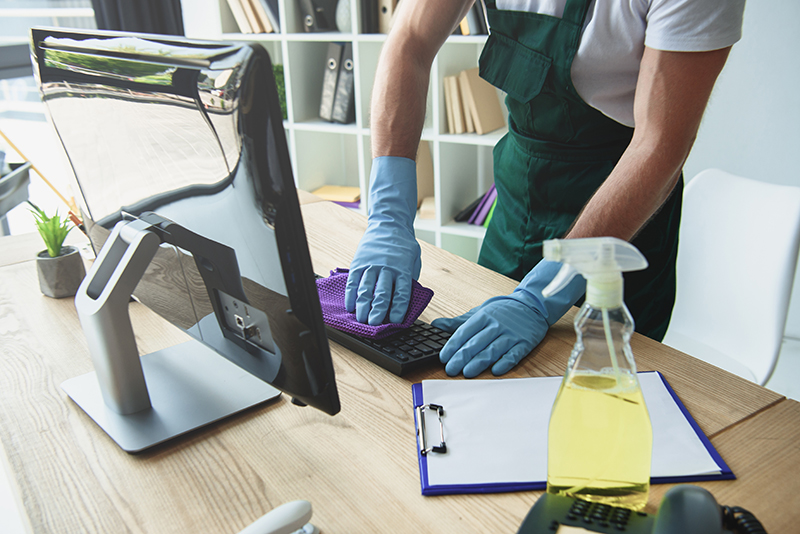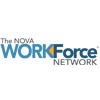With the Governor’s recent lifting of his “stay at home” order, many companies rushing to reopen facilities are facing a collective challenge: ensuring employee safety while the nation is still dealing with a pandemic. It’s a challenge made all the more difficult by the uncertainty surrounding the next few months and what will happen once they open the doors again. One thing is certain: employee wellness and maintaining a safe work environment should be a priority for every company right now.
Developing a COVID-19 Continuity of Operations (COOP) plan includes more than requiring employees to use hand sanitizer. To assist in the preparation of our return to work plan, my own company referenced business-specific guidance and best practices from the CDC and OSHA. We overlaid these recommendations with state and local guidance in each of the states where our employees work. The result is a return to the workplace plan that addresses the following:
Are employees ready to return to the worksite?
Management should be sympathetic to employees who may be willing to return onsite full-time, but unable due to child or elder care constraints, mass transportation concerns, or fears and anxiety about their safety in the workplace. Conducting a brief survey to identify employee concerns and what may limit them from returning when the office reopens will help a company craft its re-opening plans. Should some employees fall within high-risk categories, the CDC’s guidance for people who are at high risk will help them determine their own return to worksite plans followed by having them work with Human Resources to discuss accommodations, if needed.
Having a flexible leave policy in place helps back up a company’s commitment to employee safety by allowing employees to stay home when they aren’t feeling well or need to take care of family. This helps reduce the risk of employees coming to work when sick to avoid impacting their pay. Private employers under 500 employees should explore the provisions of the Families First Coronavirus Response Act that provides paid time as a result of COVID-19.
Provide employee training on virus prevention
Providing employee training on essential topics such as hand-washing and proper mask use will help lower the risk of employees spreading the virus. My own company’s COVID-19 Workplace Safety Policy requires employees to watch a safety training video, review CDC safety information, and acknowledge that they understood the new guidelines. We also provide documentation outlining preventative measures to stay safe and instructed employees on the steps they should take if they or a member of their household contracts the virus.
It is important to develop a sense of workplace safety responsibility within employees which includes requiring employees who work onsite to complete a self-screening for COVID-19 symptoms prior to entering the workplace. See the Virginia Department of Health’s Interim Guidance on Screening, Monitoring and Testing Employees Returning to Work for guidance.
Ensure a safe worksite
As employers, the responsibility of ensuring a safe workplace falls on our shoulders. Each company will have its own space requirements, but all should follow a protocol of enhanced and frequent office cleanings combined with in-space safety protocols such as hand sanitizer stations, cleaning supplies, distancing guides, and “sanitized space” confirmation signage. Common areas, meeting rooms, hallways, restrooms, and even elevators should all factor into company reopening procedures. My own company’s planned actions include:
- Working with our landlord to ensure the best possible ventilation
- Requiring in-office mask use
- Adjusting office layout and staging for social distancing
- Addressing public commuting risks for employees
- Procuring/installing devices for touchless operation, such as foot-operated doors
- Discouraging in-person meetings with visitors
- Limiting travel to only essential needs
- Continuing to follow authoritative guidance
Communications and support
Alleviating any employee fears and building trust requires relevant company-wide and one-on-one communications delivered on an ongoing basis. Employees appreciate both the connection and being kept in the know and frequent communications help managers understand their employees’ state of mind and wellbeing.
Company-wide communications can be handled in a number of ways. We use monthly virtual “town halls” and weekly employee newsletters with COVID-19 specific information, but other avenues such as intranets and employee portals can work as well. For employers who have employees working on client sites, a communications program should include updating those employees with client return to work status, as that information becomes available.
To support the employee emotional welfare, managers can be provided with conversation starters to aid them with their weekly staff one-on-ones. These questions can touch on employee welfare, work-life balance, as well as questions regarding any additional resources or support needed.
Anticipate the need for, then provide safety tools
Employees returning to the office need to be appropriately prepared for their “new normal” workspace, which includes using any necessary safety tools. For example, managers should confirm that their employees have their own masks and thermometers. Those who do not have these safety tools should be provided with cloth masks and/or a monetary reimbursement for the purchase of a thermometer. For employees who remained on client sites, managers should confirm the availability of hand sanitizer and disinfect wipes and supplement where necessary.
Provide an employee relief fund
When possible, companies should consider creating a COVID-19 Relief Fund to provide financial support for any employee or immediate family member who contracts the COVID-19 virus. My company’s fund gives us the ability to provide aid to any employee that falls ill or is directly affected by the virus. Our fund will remain in place through November 1, 2020.
As our companies return to work and facilities reopen, it’s important to keep employee communication and employee care at the forefront. Continuity of business won’t happen if we don’t continue anticipating and providing for our employees’ needs. While we may never return to the “normal” we had before COVID-19, we can adapt to our new normal and come out of this pandemic smarter, more agile and better prepared.
This member post written by Marisa Krafsig, VP and CHRO, IntelliDyne, LLC

















